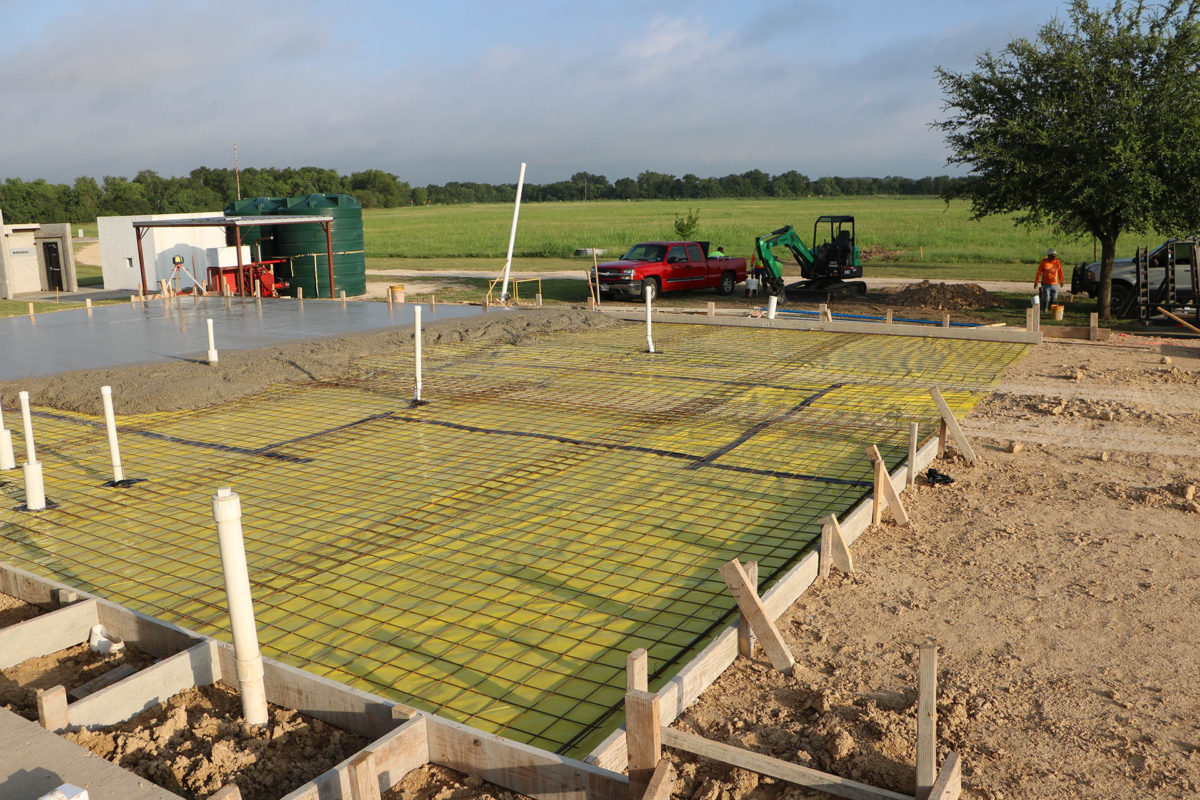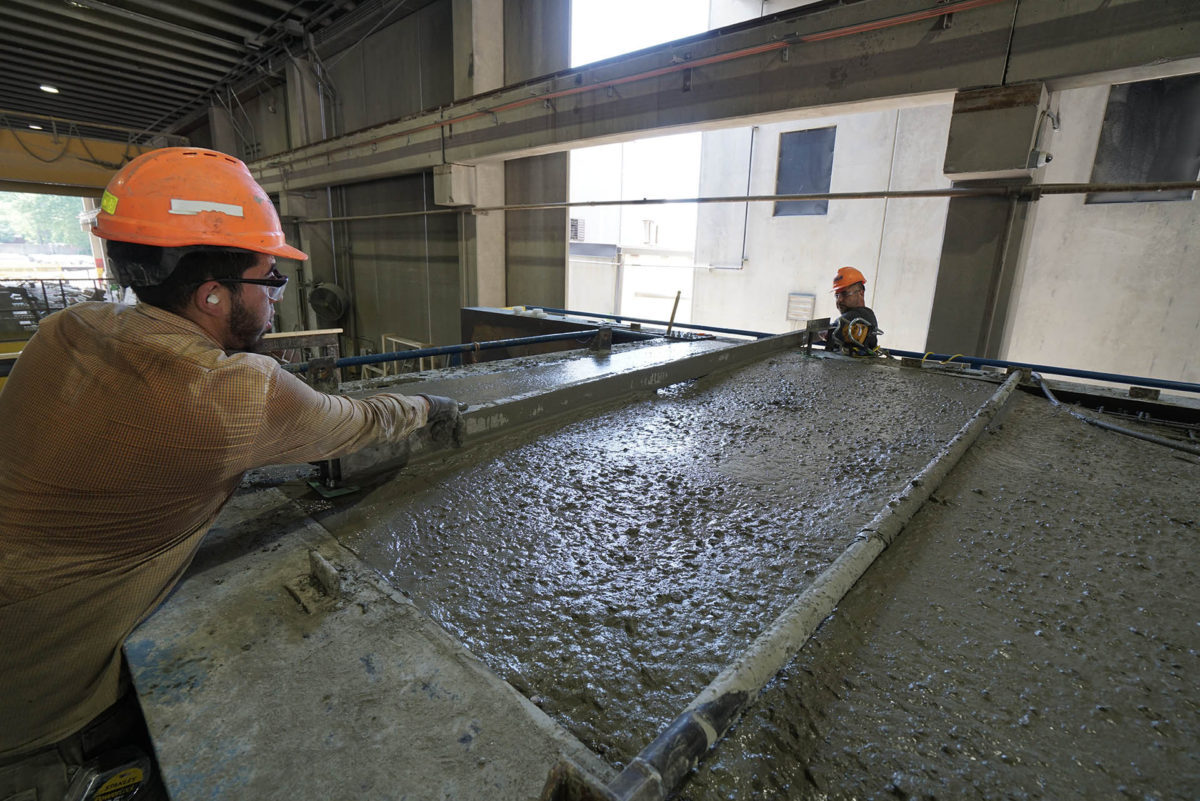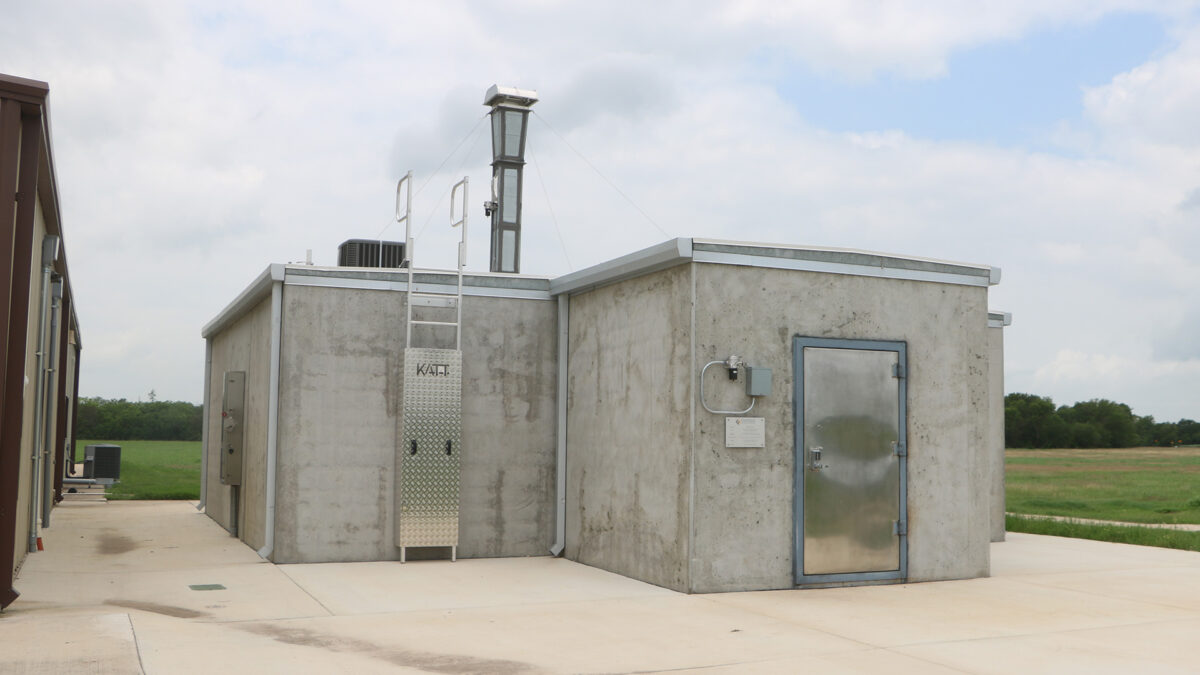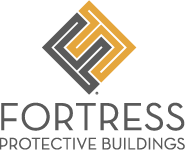Numbers don’t lie – FORTRESS is greener and cheaper, according to building life cycle assessments

A life cycle analysis involves analyzing and measuring the potential lifetime environmental and cost impact of an organization’s building (or product or system). For example, a comprehensive building life cycle analysis for a corporate manufacturing plant may look at:
- The environmental cost of extracting raw materials to build the structure
- Material usage when distributing or removing products and waste from the facility
- Manufacturing costs for using the manufacturing plant or producing things from it
- The environmental impact of demolishing the building at the end of its lifespan
- The overall financial investment of the building throughout its lifespan
Thorough life cycle assessments are normally governed by international standards such as ISO 14040 or 14044. ISO 21930, also important, defines four building life cycle stages:
- The production stage, which includes the extraction of raw materials from the environment, transporting those raw materials to a factory, mill, or another processing plant, and the manufacturing of the product or structure itself
- The construction stage, during which a building is installed and/or constructed
- The use stage, during which the building absorbs resources to make products or energy
- The end-of-life stage, during which the building is demolished or deconstructed and waste materials are transported to disposal or processing sites
The importance of life cycle analysis for facility buildings
Life cycle analysis takes time to do properly. But it’s an important step when deciding on a new building for any worksite for several reasons.
1. Understand environmental impacts
The chief goal for any building life cycle analysis is to understand the structure’s impact on the environment. For example, a life cycle analysis for a new structure may provide key insights into whether it will negatively affect ecosystems or at-risk land, such as wetlands, rivers, etc.
Understanding the environmental impact of new structures is important not just for productivity and worksite safety but also to avoid heavy fines or environmental regulation penalties.
2. Evaluate the costs and benefits of different materials
Life cycle assessments are an excellent tool for organizations and executives when evaluating the costs of a new building and determining whether it’s a worthwhile investment.
A life cycle analysis may tell you:
- Which materials are most cost-effective for your needs
- Which building materials align best with your environmental policies by examining their carbon footprints
- Which buildings will last for the duration of required use

3. Ensure better building design
Furthermore, building life cycle analysis enables organizations to pursue ever-better building designs. Many life cycle assessments include reports or recommendations in terms of:
- Worker productivity, such as whether a site preserves or provides aesthetic benefits for worksite personnel
- Cost-effectiveness during construction or use
- Energy efficiency – “green” buildings use less electricity, which is good for your bottom line and the environment
For example, FORTRESS Protective Buildings are very thermally efficient. Due to the inherent thermal mass of 8-inches of concrete, these precast concrete structures can save your organization money by preventing heat waste in cold climates or avoiding overtaxing air conditioning systems in hotter climates. They’ll also help your organization become greener by reducing waste and resource consumption associated with the replacement of buildings with a shorter lifespan – concrete buildings have been proven to last well beyond an industrial facility design life!

FORTRESS Protective Buildings vs. alternatives
Given these critical factors, it’s a good idea to perform life cycle analyses when considering new worksite structures.
When it comes to protective structures, FORTRESS Protective Buildings are superior choices compared to alternatives such as corrugated steel panels or steel blast-resistant modules. Both FORTRESS precast concrete permanent buildings and steel protective temporary structures can be located turnkey onsite in a matter of months. But unlike steel metal buildings, a FORTRESS Protective Building:
- Has high protectiveness ratings for blast loads, jet fires, projectile impacts, and toxic hazards, as well as a high degree of weather protection
- Has many more potential applications, such as for operator shelters, control rooms, offices, and toxic shelters for worksite personnel
- Is much more cost-effective and affordable over its life cycle – installing a FORTRESS means you can rely on that building for decades to come, as FORTRESS Protective Buildings do not need to be replaced within the average lifecycle of a facility when used as intended
Ultimately, building life cycle analyses reveal that FORTRESS Protective Buildings are the best choice for numerous worksite needs when protection from hazards is a high priority. Contact FORTRESS today to discover more about these customizable buildings and how they can help your organization.

